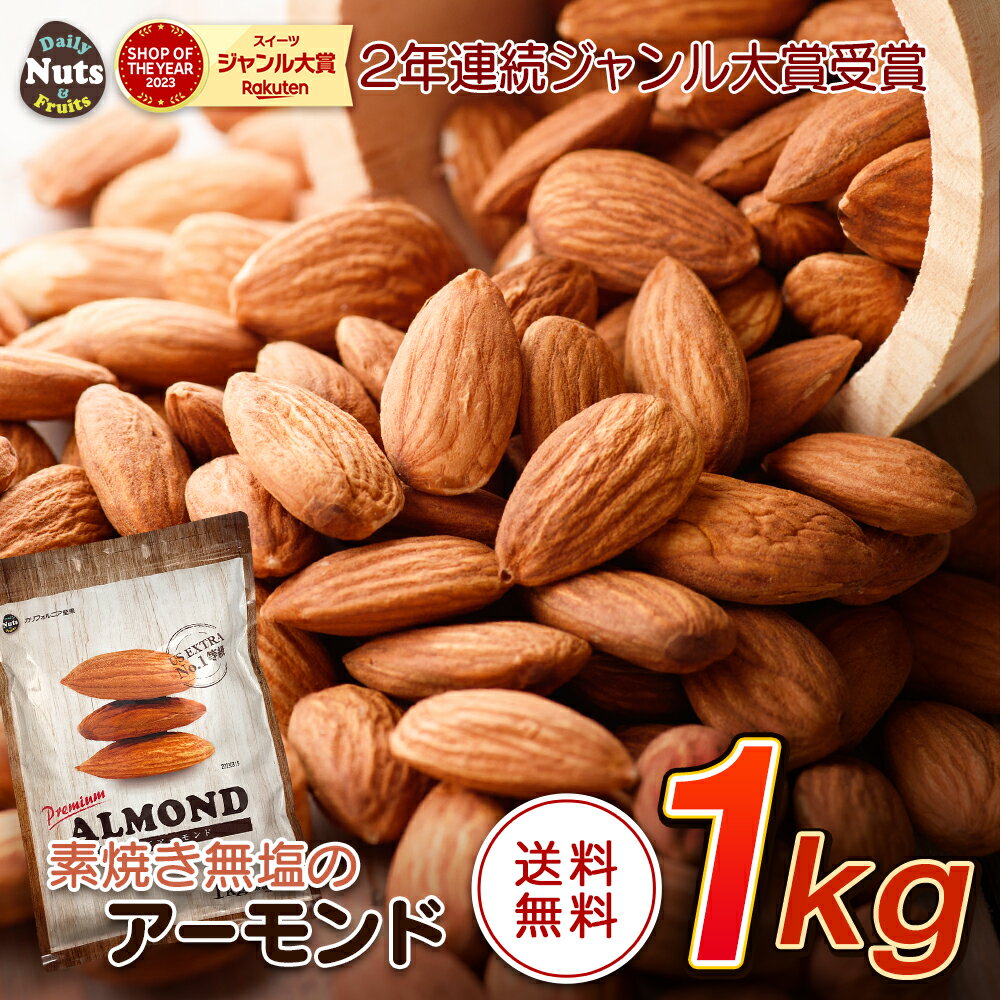論文No3772
Extensive acute and sustained changes to neutrophil proteomes post-SARS-CoV-2 infection
Merete B. Long, Andrew J.M. Howden, Holly R. Keir, Christina M. Rollings, Yan Hui Giam, Thomas Pembridge, Lilia Delgado, Hani Abo-Leyah, Amy F. Lloyd, Gabriel Sollberger, Rebecca Hull, Amy Gilmour, Chloe Hughes, Benjamin J.M. New, Diane Cassidy, Amelia Shoemark, Hollian Richardson, Angus I. Lamond, Doreen A. Cantrell, James D. Chalmers, Alejandro J. Brenes
European Respiratory Journal 63 (3) 2300787; DOI: 10.1183/13993003.00787-2023 Published 7 March 2024
<背景>
好中球はコロナウイルス疾患2019(COVID-19)の病態生理において重要であるが、
重症急性呼吸器症候群コロナウイルス2(SARS-CoV-2)感染後の
好中球表現型の変化に寄与する分子変化は完全には解明されていない。
われわれは、定量的質量分析ベースのプロテオミクスを用いて、
急性SARS-CoV-2感染直後および回復期の好中球の表現型を探索した。
<方法>
PCRでSARS-CoV-2感染が確認された入院患者を対象とした前向き観察研究(2020年5月~12月)。
患者は入院後96時間以内に登録し、29日までの縦断的サンプリングを行った。
対照群は非COVID-19急性下気道感染症(LRTI)と年齢をマッチさせた非感染対照群であった。
好中球は末梢血から分離し、質量分析を用いて分析した。
COVID-19の重症度と回復度は世界保健機関(WHO)の順序尺度を用いて定義した。
<結果>
84人のCOVID-19患者の好中球プロテオームを91人のLRTIおよび42人の対照者のものと比較した。
5800個の好中球タンパク質が同定され、1700個以上のタンパク質が
非感染対照と比較してCOVID-19患者の好中球で有意に変化していた。
COVID-19患者の好中球は、当初はすべて強いインターフェロンのシグネチャーを示したが、
重症患者ではこのシグネチャーは急速に減少した。
一方、COVID-19からの回復の遅れは、顆粒成分の減少、代謝タンパク質、
ケモカインおよびロイコトリエン受容体、インテグリンおよび抑制性受容体の減少に関連していた。
<結論>
SARS-CoV-2感染により、代謝および免疫抑制プロファイルが変化し、他の免疫細胞、病原体またはサイトカインからの遊走シグナルや合図に反応する能力が変化したことを示唆する、異なるプロテオームを持つ循環好中球が持続的に存在するようになる。
DeepL.com(無料版)で翻訳しました。
Background Neutrophils are important in the pathophysiology of coronavirus disease 2019 (COVID-19), but the molecular changes contributing to altered neutrophil phenotypes following severe acute respiratory syndrome coronavirus 2 (SARS-CoV-2) infection are not fully understood. We used quantitative mass spectrometry-based proteomics to explore neutrophil phenotypes immediately following acute SARS-CoV-2 infection and during recovery.
Methods Prospective observational study of hospitalised patients with PCR-confirmed SARS-CoV-2 infection (May to December 2020). Patients were enrolled within 96 h of admission, with longitudinal sampling up to 29 days. Control groups comprised non-COVID-19 acute lower respiratory tract infection (LRTI) and age-matched noninfected controls. Neutrophils were isolated from peripheral blood and analysed using mass spectrometry. COVID-19 severity and recovery were defined using the World Health Organization ordinal scale.
Results Neutrophil proteomes from 84 COVID-19 patients were compared to those from 91 LRTI and 42 control participants. 5800 neutrophil proteins were identified, with >1700 proteins significantly changed in neutrophils from COVID-19 patients compared to noninfected controls. Neutrophils from COVID-19 patients initially all demonstrated a strong interferon signature, but this signature rapidly declined in patients with severe disease. Severe disease was associated with increased abundance of proteins involved in metabolism, immunosuppression and pattern recognition, while delayed recovery from COVID-19 was associated with decreased granule components and reduced abundance of metabolic proteins, chemokine and leukotriene receptors, integrins and inhibitory receptors.
Conclusions SARS-CoV-2 infection results in the sustained presence of circulating neutrophils with distinct proteomes suggesting altered metabolic and immunosuppressive profiles and altered capacities to respond to migratory signals and cues from other immune cells, pathogens or cytokines.


